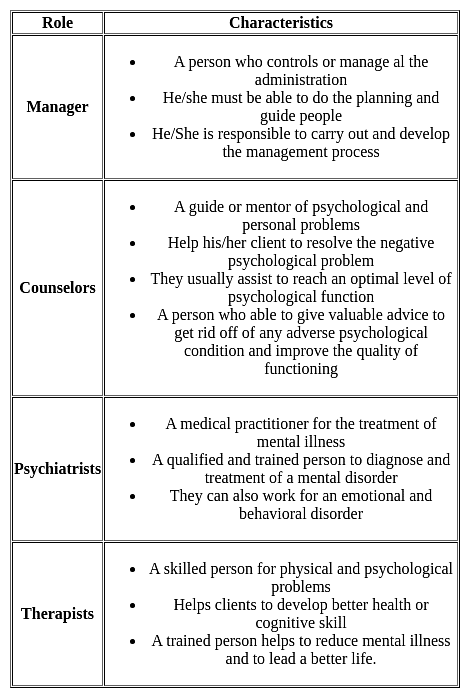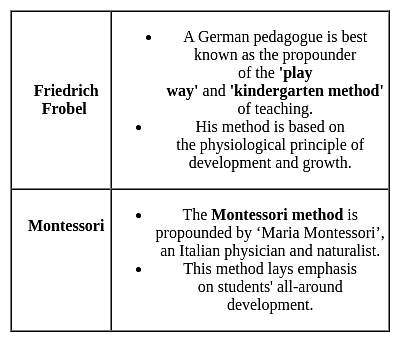KVS TGT Science Mock Test - 6 - KVS PGT/TGT/PRT MCQ
30 Questions MCQ Test - KVS TGT Science Mock Test - 6
Direction: A word in capital letters is followed by four words. Choose the word that is most nearly opposite in meaning to the word given in capital letters.
MANSION
Directions: A sentence is given here with a blank and you need to fill the blank choosing the word/words given below. If all the words given can fill the blank appropriately, choose ‘All are correct’ as your answer.
A healthy natural environment is the _______________ of a healthy climate, secure and clean water supplies and a resilient food supply.
I. cornerstone
II. crux
III. premise
II. crux
III. premise
| 1 Crore+ students have signed up on EduRev. Have you? Download the App |
Direction: In the following question, a sentence has been given in Active/Passive Voice. Out of the four alternative suggested, select the one which best expresses the same sentence in Passive/Active Voice.
Sita was reading the Gita.
Which of the following TCP/IP protocols is used for transferring files form one machine to another.
The unit of dispatching is usually referred to as a ______.
Which of the following are the participative functions of leadership?
I. Building collaborative communities to enhance the growth in teachers.
II. The teacher leader can take the lead to demonstrate in practice the idea of teachers being change agents.
A large number of emotions and heightened emotionality in adolescence have been reported by Larson and Richards. Which of the following emotion is displayed by adolescents?
I. Feeling of happiness.
II. Ignored and terrified.
III. Unsure about some things.
Acceleration is defined as the rate of change of______.
An object weighing 5 N in air, weighs 4.5 N a liquid. The buoyant force experienced by the object is
What is the purpose of the dialysing fluid in artificial kidneys?
If two pairs of characters are crossed in pea plants, then they show an independent inheritance because:
A zygote which has an X chromosome inherited from the father will develop into a
Which of the following are Indian cattle?
(i) Bos indicus
(ii) Bos domestica
(iii) Bos bubalis
(iv) Bos vulgaris
A full length image of a distant tall building can definitely be seen by using
Which of the following scientist discovered neutrons?
What will be the net charge on the atom if it contains one electron and one proton?
Which radiations of sunlight are used in heating a solar cooker ?
Which of the following constitutes the forth trophic level ?




















